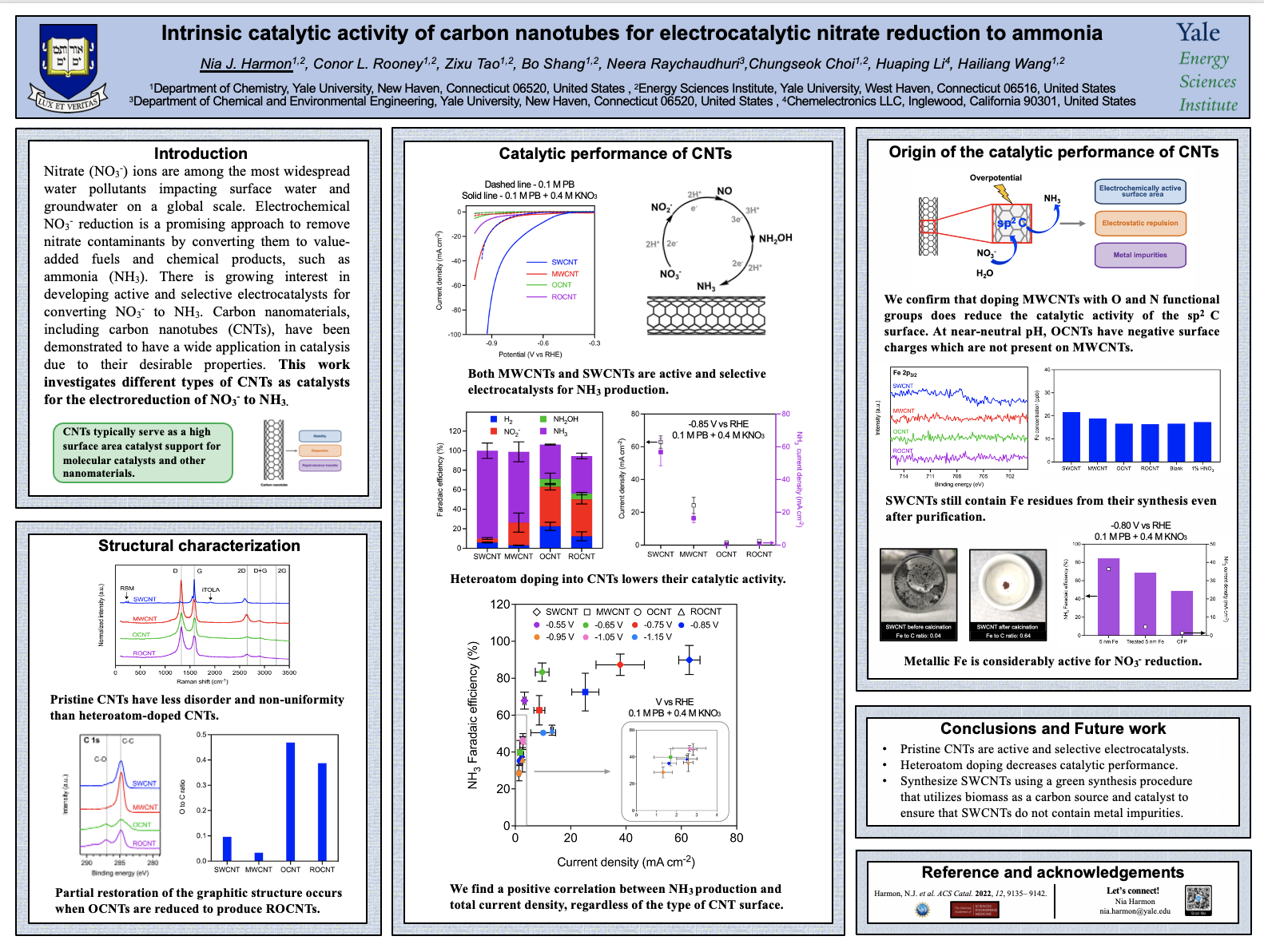
Agricultural runoff is a major source of nitrate (NO3-) pollution of groundwater and surface water. Electrochemical NO3- reduction to value-added fuels and chemical products is a promising technology to capture and recycle waste NO3-, providing a sustainable alternative to the Haber Bosch process for ammonia (NH3) synthesis. Of all the possible NO3- reduction products, NH3 is of key interest due to its role as a fertilizer, chemical feedstock, and its potential as an alternative fuel. Given the history of carbon nanomaterials being used in catalysis, it is reasonable to explore their potential as cheap and abundant electrocatalysts for the electrochemical NO3- reduction reaction (NO3RR). In this work, we report the performance of various carbon nanotubes (CNTs) for NO3- electroreduction, including multi-walled carbon nanotubes (MWCNTs), single-walled carbon nanotubes (SWCNTs), mildly oxidized MWCNTs (OCNTs), and reduced OCNTs (ROCNTs). We discover that pristine CNTs (both MWCNTs and SWCNTs) are active and selective electrocatalysts for NO3- reduction to NH3. Control experiments confirm that this activity originates from the native carbon surface, rather than metal impurities. Heteroatom doping decreases catalytic performance and indicates that C is the active site for NO3RR. We also report a positive correlation between total current density and Faradaic efficiency for NH3 formation, regardless of the type of CNT. These results provide evidence for a new type of active site for NO3RR. Future work will involve synthesizing SWCNTs utilizing a green chemistry synthesis procedure that uses biomass as the carbon source and the catalyst to ensure the SWCNTs do not contain metal impurities.